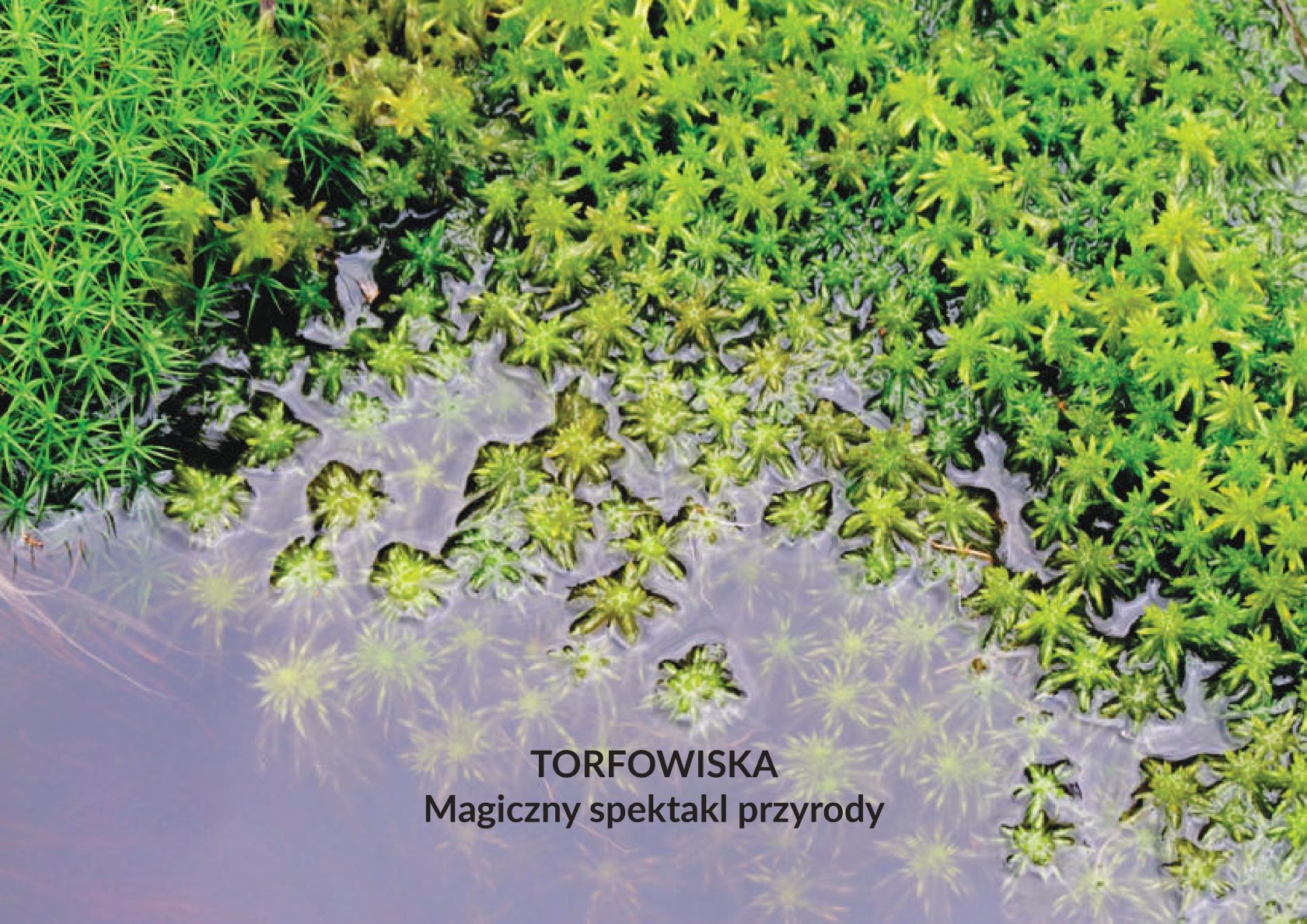Raised Bogs – a Unique European Area on the Polish-Slovak Borderland
The Tatras. To the Tatras and about the Tatras. Undoubtedly these are a “national treasure” for Poles and Slovaks. But in the Tatra Foothills there are also other gems hidden of which very few are aware. In the shadow of the Tatra Mountains, for thousands of years, the Podhale peatlands have been growing, creating a unique landscape of forests and raised bogs. This largest cross-border complex of peat bogs in the Carpathians spans the south of Małopolska and in the north of Žilinský kraj regions. It is an invaluable and unique natural area in Europe and a world completely different from what we see on a daily basis. It is full of peculiarities, enchanting with its austerity and, at the same time, its fairy-tale landscape.
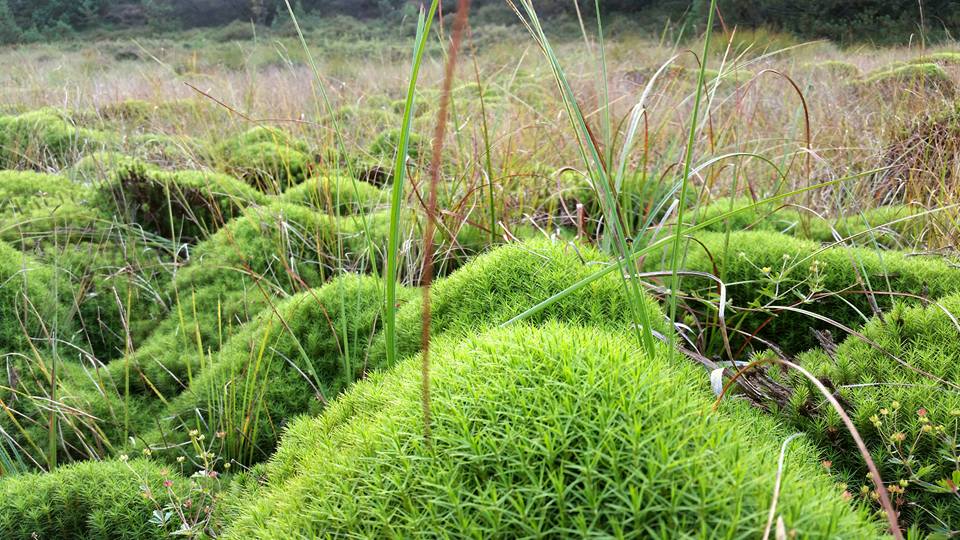 fot. Jacek Piotrowski, arch. beneficjenta
fot. Jacek Piotrowski, arch. beneficjenta
Telling the history of the peat bogs you could start by saying: “a long, long time ago... beyond mountains, beyond forests”. To be precise, 10,000 years ago a peat bog started to grow in the area of today's village of Chochołów in the municipality of Czarny Dunajec. This is correct – to grow. Because this type of peat bog increases its height over time as a result of peat formation. Water-filles sponges made of peat moss are formed, which have a more or less dome-like shape. Each millimetre of peat layer is... a year of history. It is also a place that is home to many protected animal, plant and insect species.
The local governments on both sides of the Polish-Slovak border faced a major dilemma at one point. On the one hand, how to protect this unique natural heritage and on the other, how to make it available, present its history and beauty. They joined forces in the project ”Raised Bogs – a Unique European Area on the Polish-Slovak Borderland” and found a Solomon's solution, focusing on long-term trends in environmental protection through education.
They created a fascinating story about peat bogs and a museum with exhibitions on both sides of the border – in the historic building in Chochołów and in the lower courtyard of the castle of Oravský hrad. Someone could ask, ironically: “Why should I go to such a museum? Yes, maybe I should.” Here, undoubtedly, the credit goes to the initiators and those who created this museum. A foretaste of the multimedia adventure in the museum is provided by a video recorded within the project – in fact, it only whets the appetite for exploring the peat bogs.
źródło: https://youtu.be/jYWi1_RMHXU
The exhibition has everything you wanted to know about peat and bogs but were afraid to ask. How the peat bogs were created, what is hidden under their surfaces, whose home they are and other interesting pieces of information, which, in spite of appearances, are not so easy to find on the Internet. The multimedia exposition allows you to choose the bits you are interested in. It is an extraordinary museum which refers to senses and emotions. You can smell the peat and you can touch it, and sense its structure. You can look through a microscope and experiment – turning on the water tap on a specially prepared stand starts a realistic animation of water seepage through layers of peat. There is also a world of peatland plants: a story about the one that is said to have been created by the devil and about our grandmothers' weapons to fight clothes moths, as well as advice on where to look for blueberries and where to find cranberries. There is also something for those with strong nerves – an interactive carnivorous sundew in macro version.
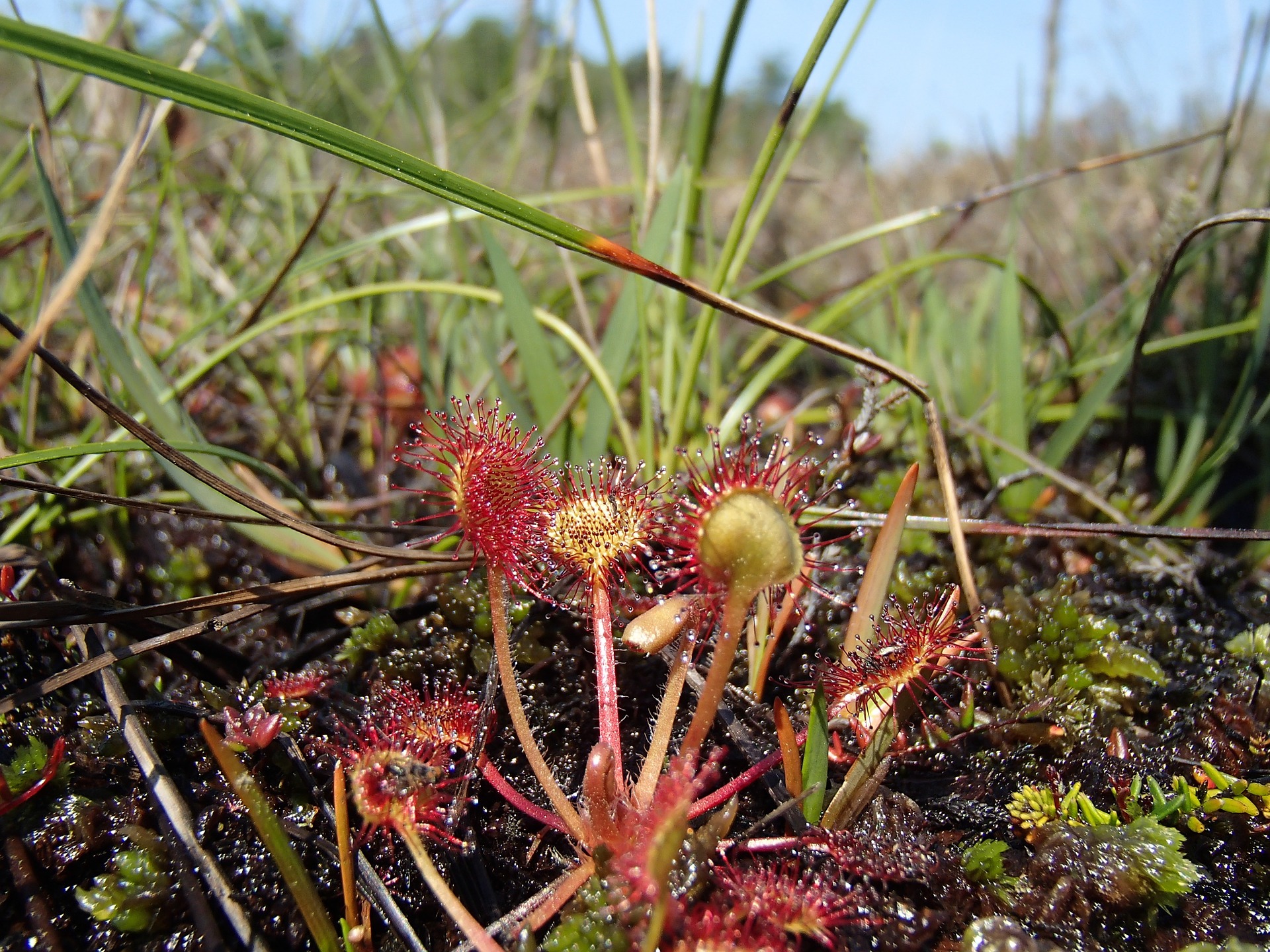 fot. arch. beneficjenta
fot. arch. beneficjenta
There are boards and films. Also one for the youngest visitors. A cartoon about the peat adventures of Teta and Rosa with a beautiful black grouse dance. And finally, you can test your knowledge in a specially prepared quiz. XXX
The project “Raised Bogs – a Unique European Area on the Polish-Slovak Borderland” has also satisfied our natural human need – to see, with our own eyes, smell, touch, and check and experience.
Smell – this is the keyword, because peat bogs smell different during each season of the year. It is not the smell of the peat itself, but the unique scents of flowering plants. During each season of the year, the peat bogs also shimmer in different colors – in May and June they are white, densely covered with marsh Labrador tea and cotton-grass. In the autumn, a beautiful violet colour appears – with heather and then berkheja purpurea and yellow-star-of-Bethlehem which brings life to the fawn fields of sedge and cotton-grass.
You can enter the peat bogs but not everywhere, of course. One of the thematic bicycle trips of the route around the Tatras leads to the “Bór za Lasem” Peat Production Plant. There, a narrow-gauge railroad wagon, renovated under the project, has been placed as a distinctive resting place.
 fot. arch. beneficjenta
fot. arch. beneficjenta
It is about a hundred years old, and, as late as the 1980s, it used to operate and take workers to the peat bogs. Then, political changes in Poland followed which triggered a sequence of other changes in management and regulations. The result was that the wagon was put on a siding. And that's how it stood – decaying and overgrown with vegetation. The originators of the project pulled it out of the bushes – quite literally – because they wanted to give it a second life. It is a piece of the history of the peat bogs – you can sit down in it, relax and, for a while, feel like those who were going to and coming back from work in it.
From there, you can go on foot and, accompanied by a guide, to the peat bogs themselves. “Ideally, in the morning, because it is foggy there and the peat bogs look fairy-tale like," says Jacek Piotrowski from the municipality office in Czarny Dunajec. And he adds immediately that you have to be get prepared for a trip to the bogs because of their specific microclimate. “When cold air flows down from the mountains, the temperature on the peat bogs in August may be as low as minus five degrees in the morning. But it might also be that when it is cooler somewhere else, the steaming peat bog heated by the sun will be warmer,” Jacek Piotrowski explains. There is a lot to see on the peat bogs. Due to their specificity, the fauna and flora are exceptional there. It is, among others, one of the few natural habitats of black grouse in Poland. Wet meadows with islets of shrubby bushes, marshy areas and peatlands are also popular with the whinchat. Little ponds are inhabited by water and lake frogs. From June to September it is worth looking for insectivorous sundews; contrary to popular beliefs they are small, so you have to make some effort, but they are guaranteed to impress. There are also plants on the peat bogs, which normally do not occur at this latitude – for example cloudberry.
“Nearly every museum has its white lady and we have the lady of the peatlands,” says Jacek Piotrowski, who also guides tourists through there. “In the 1980s, peat plant workers discovered a woman's body in the peat. She still looked beautiful, as if she was not time-worn. However, research showed that she had lain a hundred years in the peat,” he says. Where she came from, who was she? – you can listen to a story about her during the peat bog tour.
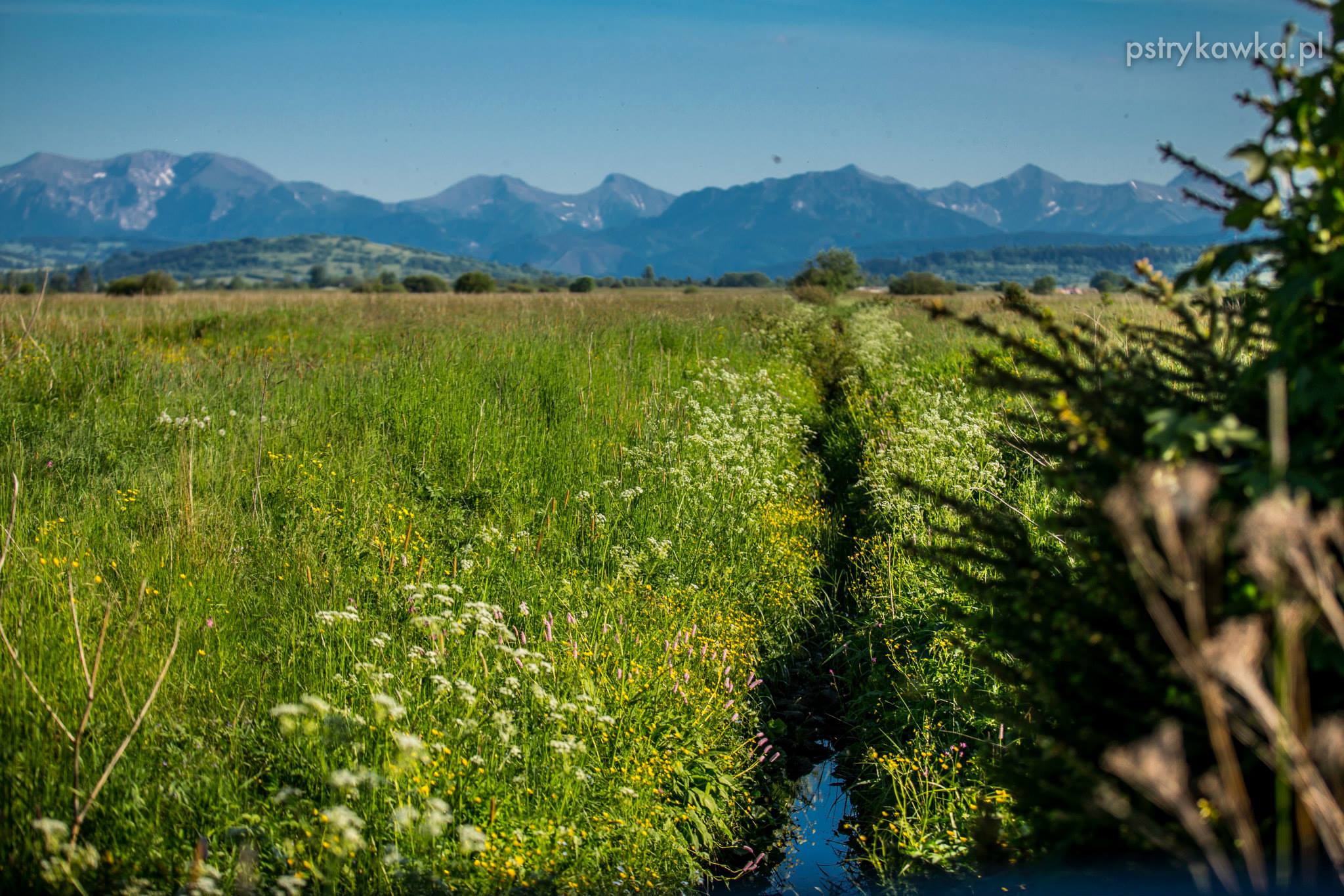 fot. arch. beneficjenta
fot. arch. beneficjenta
After an eventful day, you can sit in the evening in an armchair with a cup of tea and a beautiful publication – the album “Peat Bogs – A Magical Spectacle of Nature” with photographs of the mysterious world of peat bogs. The album is also available on-line at:
What the project “Raised Bogs – a Unique European Area on the Polish-Slovak Borderland” offers, its comprehensive approach to the theme, the tourist, educational and environmental attractions, has been appreciated not only among the visitors to the museum and the peat bogs. It has also won international recognition. The project was a finalist of the RegioStars Awards 2018 competition. It was selected by the European Commission as one of the 21 finalists amongst several hundred projects from all over Europe competing to qualify as most original and innovative projects, co-financed from European Funds. Only two projects from Poland reached the competition finals.
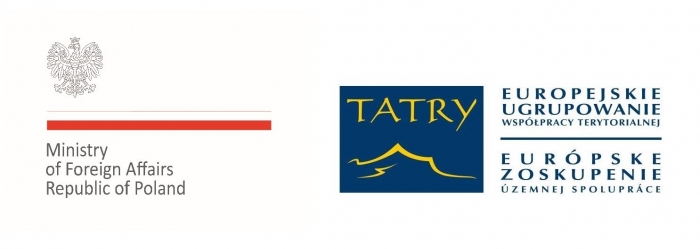
Blog prepared in the project entitled: "Cooperation that enhances and develops as a key to a positive image of Poland on the international arena", co-financed by the Ministry of Foreign Affairs of the Republic of Poland as part of the competition "Public Diplomacy 2020 - a new dimension".



